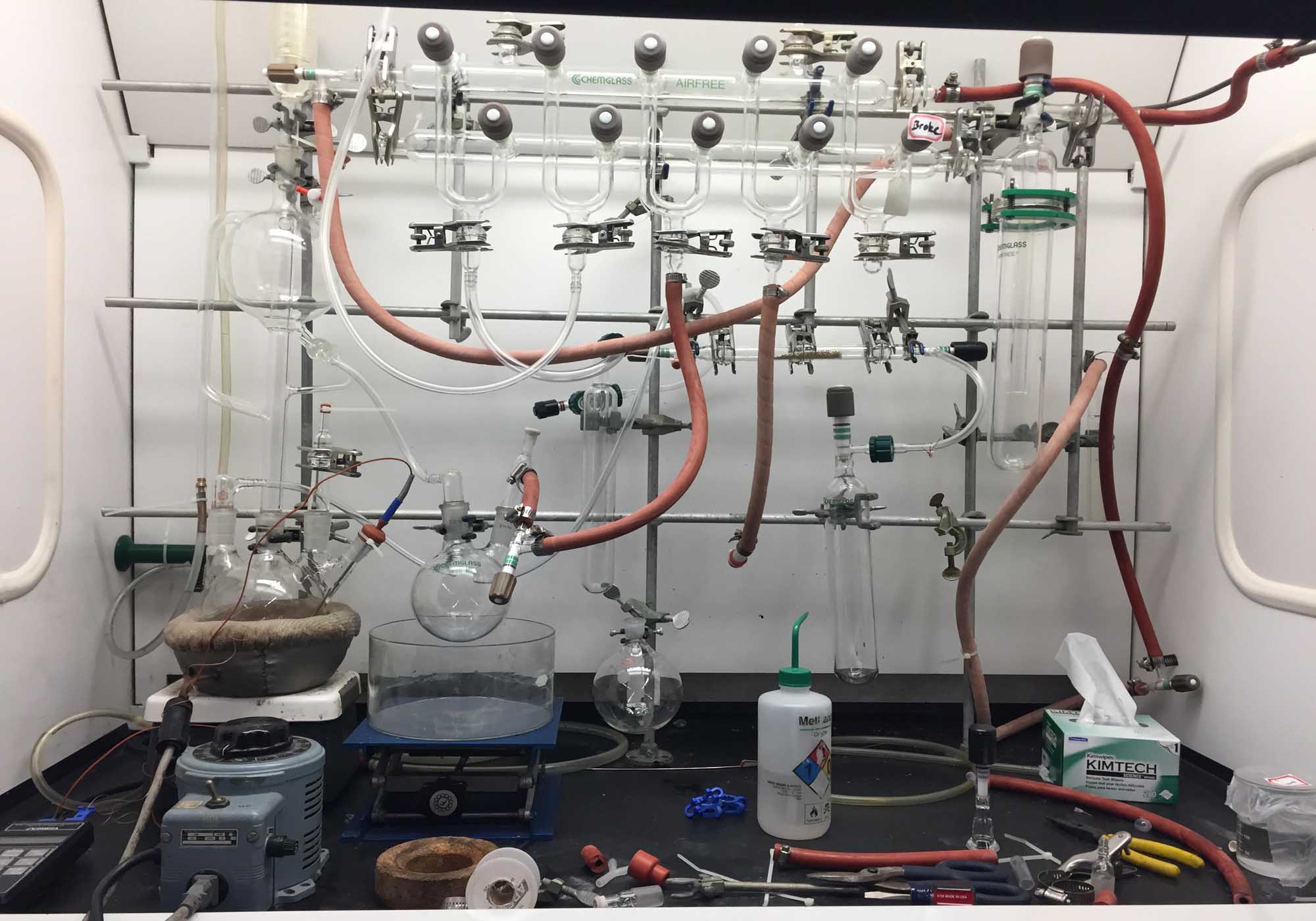The synthesis of magnetite nanoparticles is an area of permanent interest in view of their high technological applications including Biomedicine and Biosensing. These nanoparticles are used as enhanced magnetic resonance imaging (MRI) agents, for biological separation and magnetic drug delivery systems, and magnetic hyperthermia treatment [1]. Magnetite nanoparticles of about 20 nm in diameter and low polydispersity were prepared heating Fe(acac)3 in the presence of oleic acid and oleylamine in dibenzyl ether following a three-step procedure. First, the mixture is heated at reflux for one hour; then the mixture is maintained at room temperature one hour and finally, it is reheated to reflux for 2 hours. Subsequently, the coating of the obtained nanoparticles was replaced by poly(acrylic acid), PAA, in refluxing diethylene glycol with an excess of polymer. PAA coated nanoparticles show a superparamagnetic behavior, they are stable in a nitrogen atmosphere at room temperature, and they may be functionalized with any compound containing amino groups (-NH2) by reaction with carboxylic acids fragments of PAA in the presence of EDC. Figure 1 shows: (a) TEM micrographs of 19 nm Fe3O4 nanoparticles as well as the hysteresis loop of these nanoparticles at room temperature. As can be seen in the inset, the nanoparticles show a superparamagnetic behavior at room temperature.
[1] J.-H. Lee, J.-W. Kim, J. Cheon, Mol. Cells 35 (2013), 274-284.


